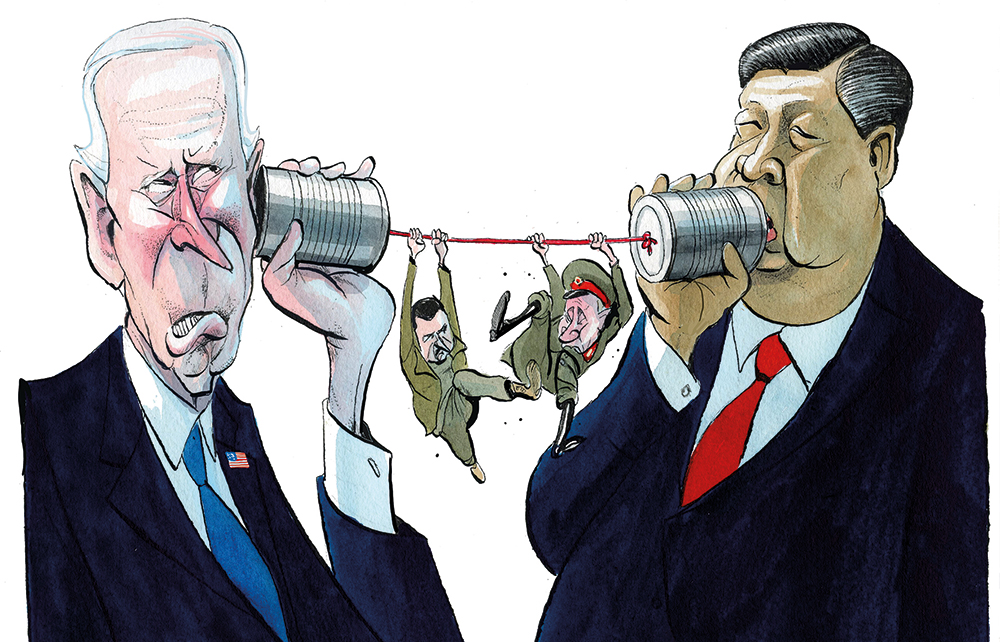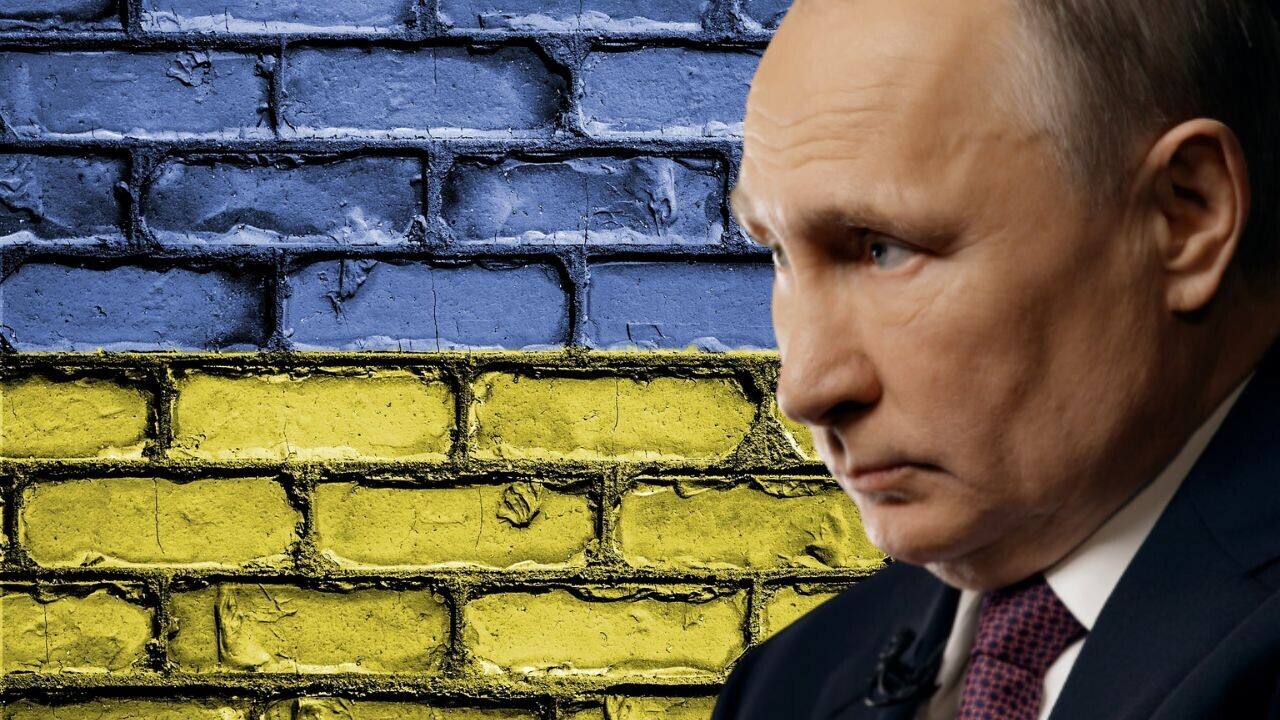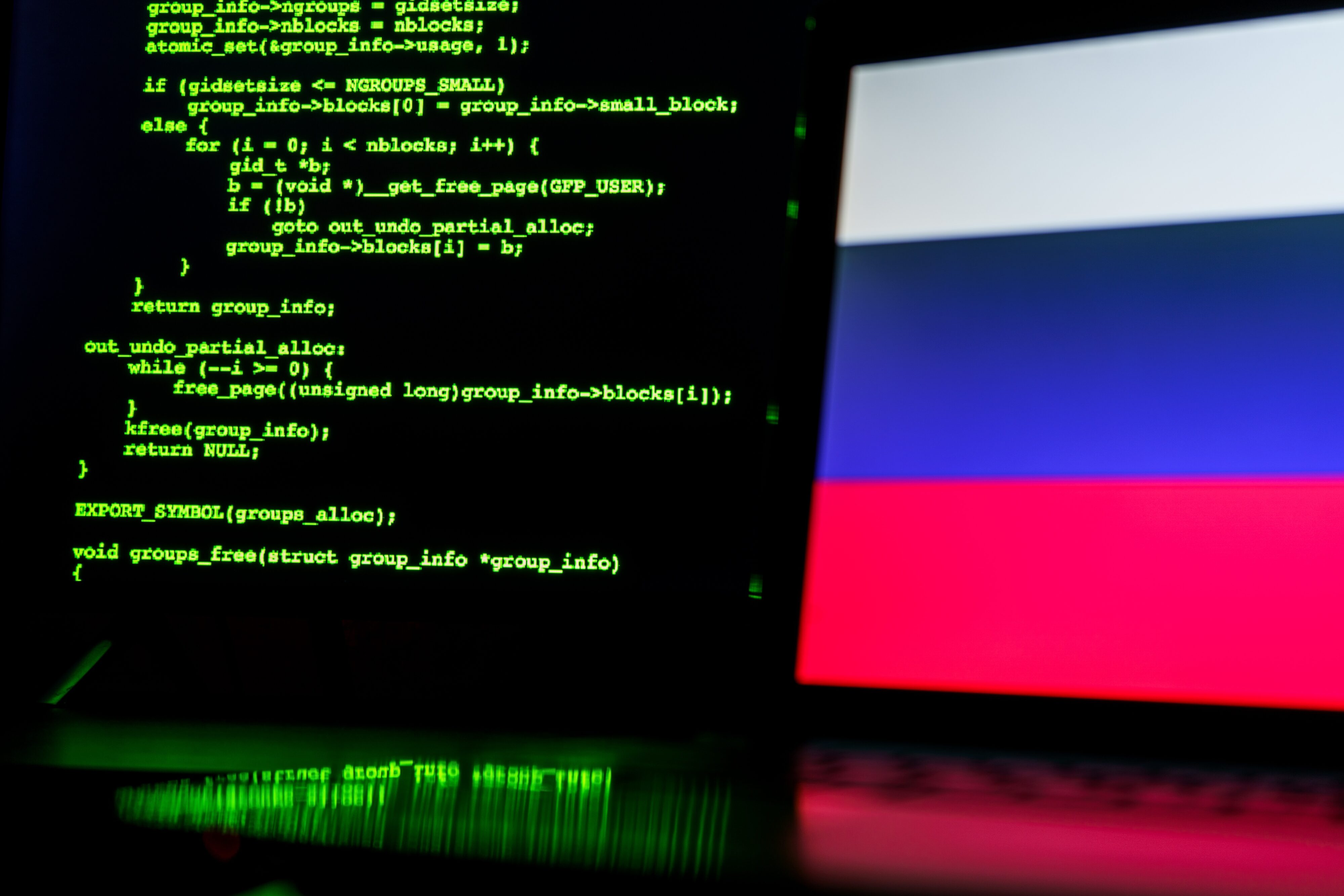Irene Mia
The increasing scarcity of key natural resources can increase their intrinsic value as a tool for military and political leverage in the continuum of war, including in its aftermath. Irene Mia and Erica Pepe investigate the dynamics of this phenomenon and identify priorities for action.
An important effect of accelerating climate change is its impact on the availability of key natural resources, including water, food, energy and land. While their increasing scarcity can exacerbate or drive conflict, it can also raise their intrinsic value as a tool for military and political leverage in the continuum of war, including in its aftermath, with major negative implications for environmental sustainability and human security.1 Such a trend is very apparent in the context of internal confrontations, which comprise the majority of active conflicts globally and are often intractable amid a proliferation of actors and motivations. Non-state armed groups’ (NSAGs’) recourse to natural resources as an instrument of warfare and political power is a particularly alarming development with far-reaching implications for counter-insurgency efforts and conflict and post-conflict interventions, as well as for environmental preservation and efforts to address structural fragilities.2
In trying to address this issue, the existing shortcomings in international rules – in terms of applicability, compliance and enforcement where NSAGs are concerned – represent a major challenge.3 Given this context, a strategic investigation of the dynamics of the phenomenon is needed to identify priorities for action and explore solutions, including possible preventative measures, adjustments to the legal framework and multilateral solutions. The fact that across the world between 60 million and 80m people live under the quasi-state governance of NSAGs adds to the urgency of the matter.4








